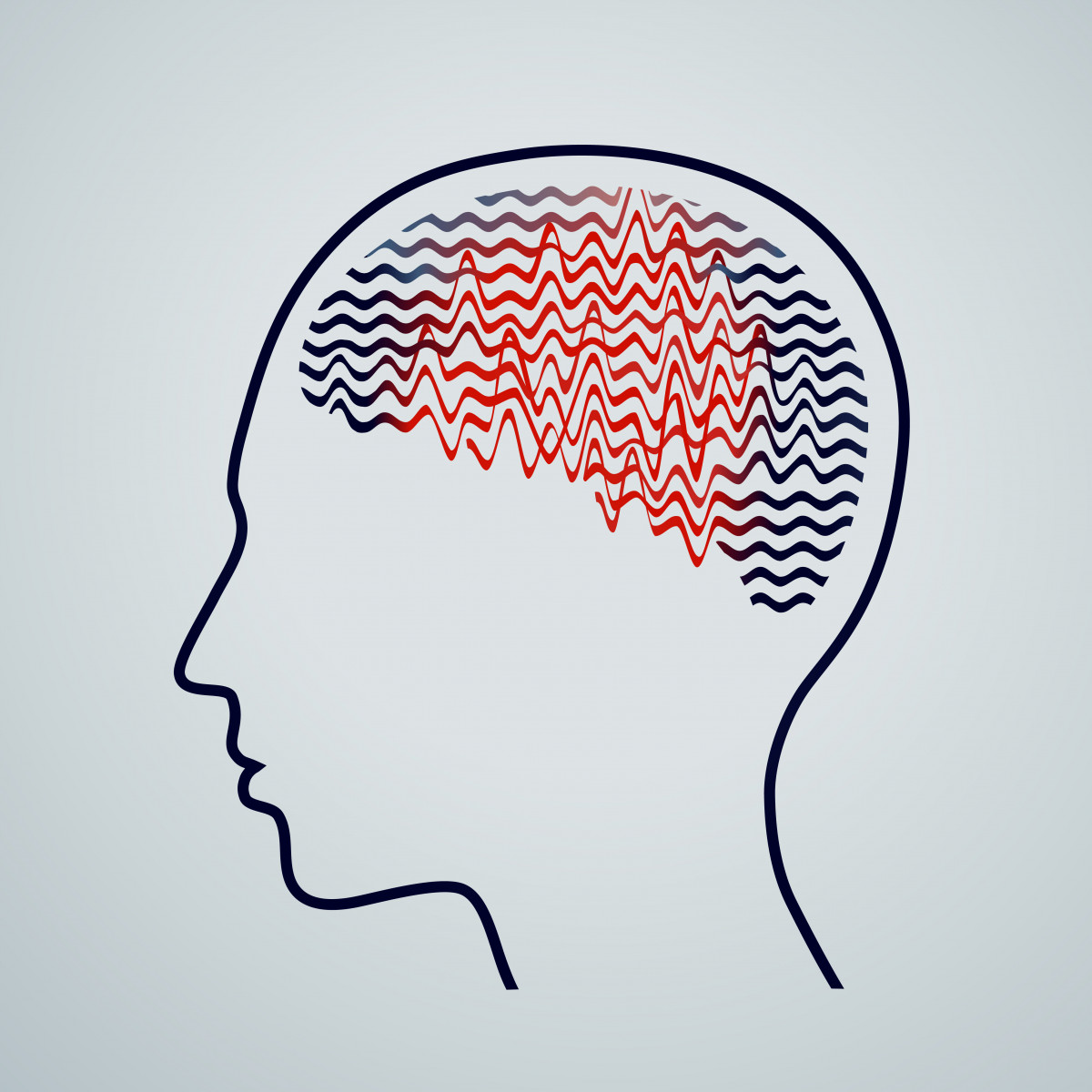Anxiety, Movement Disorders May Increase With Age in Angelman Patients, Study Finds

Anxiety and movement disorders may increase with age in adults with Angelman syndrome, while the prevalence of seizures may decrease, a study suggests.
The results also call into attention the need for better monitoring and treatment, provided by a multidisciplinary medical team, to improve quality of life in the adult Angelman population. That’s because sleeping, gastrointestinal and bone disorders remain a significant issue for many adults with this condition.
The study, “Angelman syndrome in adolescence and adulthood: A retrospective chart review of 53 cases,” published in the American Journal of Medical Genetics, is one of the largest studies characterizing the clinical changes over time in adolescents and adults with Angelman.
Researchers analyzed the medical records of 53 Angelman patients (average age 24 years) born during or prior to 2000, and seen at the Angelman Syndrome Clinic at Massachusetts General Hospital to assess neurological, sleep, behavioral, gastrointestinal, orthopedic, and ophthalmologic functioning.
Patients were divided into two age groups, those 16 to 25 years old (32 patients) and those 26 to 43 (21 patients).
Although almost all patients had a history of epilepsy (91%), only one third presented active seizures, while the remaining had been seizure-free for more than two years.
Many patients were affected by movement disorders, including non-epileptic jerky movements (myoclonus and tremors), which occurred in 42% and 55% of the patients, respectively.
Anxiety-related behaviors, which were found to aggravate with age, also were frequent among the adolescent and adult populations (57%).
The incidence of anxiety symptoms was greater in patients over 26 years of age (71%) compared with adolescents and young adults between 16 and 25 years of age (47 percent).
Sleep disorders also were a common problem. Although 56% reported eight hours of sleep or more, 43% reported frequent nocturnal awakenings. In total, 33 individuals representing 59% of all patients, reported poor sleep.
Other frequent disorders were gastrointestinal problems, including constipation (81%) and gastroesophageal reflux (53%) — the stomach acid rising into the esophagus.
A smaller proportion of patients also reported bone disorders, including 30% who had a history of scoliosis and 20% with low bone density or osteoporosis.
Eye problems such as strabismus occurred in 36% of individuals.
Nearly all patients were taking some type of medication either for seizures, movement disorder, sleep, or behavioral disturbances.
The most common antiepileptic drug was Lamictal (28%) followed by Keppra (25%, Depakote (23%), Onfi (17 percent), and Klonipin (8%). A small percentage of patients were being treated with the ketogenic diet (5%) — a type of low-carb diet — or the low-glycemic index treatment (18%).
The study highlights the importance of appropriate monitoring, diagnosis and treatment, all likely to improve several symptoms. Among these, anxiety is a primary concern, as it can be a difficult symptom to diagnose due to unusual and diverse presentations, and may contribute to the aggravation of other neurological conditions.
“If correctly identified and treated, adults who struggle with anxiety could have an improved quality of life and suffer fewer additional comorbidities” researchers wrote.
“Further characterization … as well as prospective treatment trials, are needed to guide improved clinical care. Adults with AS are best served by a collaborative and multidisciplinary team that may include neurologists, psychiatrists, gastroenterologists, orthopedists, ophthalmologists, dietitians, and physical, occupational, and speech therapists, working together with the patient and his or her caregivers, striving to optimize health, wellness, and quality of life,” the team concluded.






